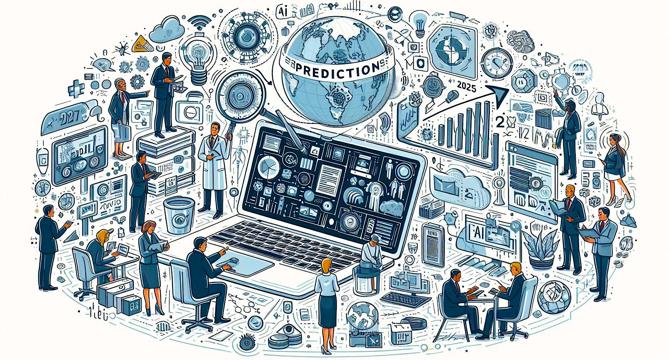Siliconangle
2d
50

Image Credit: Siliconangle
Predictions 2025: Data renaissance, systems of agency, LAMs, SAMs and security threats
- The rise of open table formats, shifting control points, open-source governance catalogs and a heightened focus on artificial intelligence are creating both challenges and opportunities for enterprises and the tech providers who serve them.
- Machine learning and AI are experiencing high spending momentum within most sectors.
- The big three cloud firms are bunched along with Databricks Inc. as a stand out on the vertical axis with some of the traditional AI companies showing strong momentum.
- Enterprises are seeking new ways to provide richer context for their AI initiatives, prompting a surge of interest in knowledge graph technologies.
- Organizations are shifting from proof-of-concept generative AI pilots to full-scale production systems, introducing new data governance imperatives, more sophisticated retrieval and action models, and the rise of personal agents that promise to handle everyday tasks autonomously.
- A new perspective on AI centers around “large action models,” where systems predict the next action — instead of just the next word — by analyzing sequences of function calls. This evolution builds upon large language models but expands their scope to orchestrate decisions across multiple enterprise applications.
- Rising enthusiasm for AI is introducing new and often poorly understood security threats.
- Knowledge graphs offer a compelling strategy for unifying siloed data and adding rich context to AI workloads.
- Success in 2025 will hinge on recognizing AI as a multifaceted ecosystem, one that demands cohesive planning, deep domain expertise, and rigorous oversight to unlock next-level business value.
- 2025 stands poised to be the year enterprises shift from basic AI adoption to comprehensive, integrated strategies.
Read Full Article
3 Likes
For uninterrupted reading, download the app